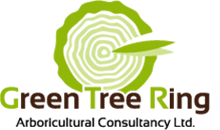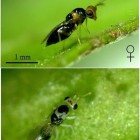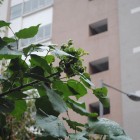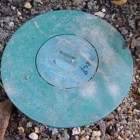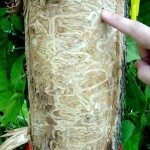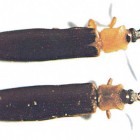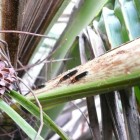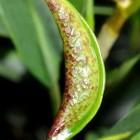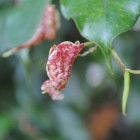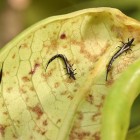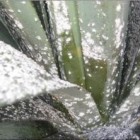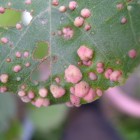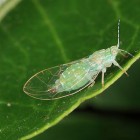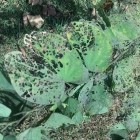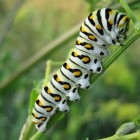
Common Pests
Most insects are actually harmless to tree. They feed on or compete with the tree pest and finally reduce the pest’s population. Broadly use pesticide may kill these insects. Before taking any action, it is better to have a correct identification of pests. Below are some of the common tree pests in Hong Kong.
High Risk

Erythrina gall wasp
What is it?
Pest which caused severe damage to Erythrina sp.. Abnormal growth and insect induced gall can be commonly observed on the infected leaves. Defoliation and even death will also be resulted.
Invasion of Erythrina gall wasp was reported in Guangdong Province, Taiwan and Hong Kong and caused death of large amount of Erythrina sp..
Control methods
No secure control methods at the moment.
Due to the short life cycle of the Erythrina gall wasp (around 1 month), even the population can be temporarily be reduced by the use of pesticide, it resumes shortly.
To control the population of the pest, keeping the tree healthy, removal of the infected twigs and foliage by routine maintenance and proper disposal (to be burned) of the debris are highly recommended. As the improper pruning may further affect the infected tree, the pruning should be conducted by certified arborist or tree worker. Proper fertilization should also be considered if necessary.
Photos
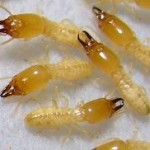
Termite
What is it?
Termites locate at the bottom level of the food chain. They can digest wood and bring the nutrient in wood to the soil. They play an important role in ecosystem.
Termites usually feed on dead wood. For the impact to the living wood, there is still no conclusion can be made.
Control methods
Common termite control included manual removal of termite nest, killing by pesticide and termite trap. Termite trap is always highly recommended as it is highly specific and causes limited pollution to the environment. However, as termite trap include the use of poison, the installation should only be conducted by competent person.
Photos
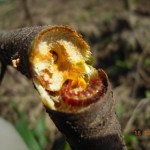
Wood borer
What is it?
The most common wood borer in Hong Kong is the larva of the longhorn beetles. They will feed on the sapwood and heartwood, causing severe damage to both health and structure of the tree.
Control methods
Systematic pesticide is one of the common ways to kill the wood borer. The pesticide will be absorbed from the root and reach the borer which located deep inside the tree. However, certain chemical damage to the tree may also be caused. Keeping the tree healthy is always the best way to prevent pest attack.
Photos
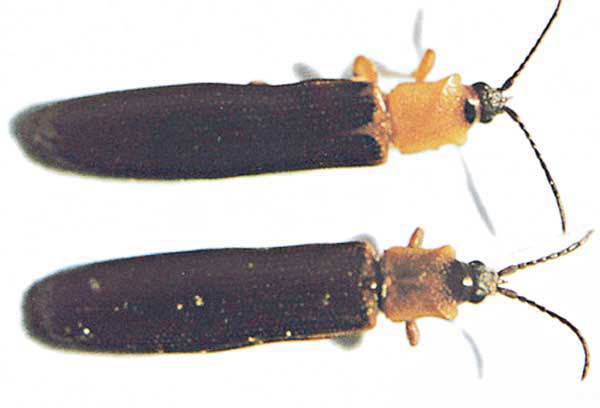
Coconut leaf beetle
What is it?
Coconut leaf beetle is an exotic invasive pest and will cause severe damage to palm tree. Both larvae and adults of the beetle feed on tissues of developing, unopened leaves of the trees. In 2013, 72 palm trees at Magic Road at Disneyland Hong Kong were found damaged by this exotic pest.
Control methods
Use of slow releasing pesticide was found to be effective to control the coconut leaf beetle. The pesticide bag should be placed at the unopened leaf. Less pollution, satisfactory protection period and effect has been proofed. The installation of pesticide should only be conducted by competent person.
Photos
Low risk

Thrips
What is it?
Thrips species mainly attack the young leaves and buds of the Ficus spp. by puncturing them and sucking up the nutrient. Upward rolling of leaf and leaf size reduction will be caused. The infected leaves will finally wilt.
Control methods
For most cases, thrips only cause minor impact to the tree, the impact is ignorable. If the appearance is affected, removal of the infected leaves is already good enough to control the thrip’s population and no chemical control is needed.
Photos
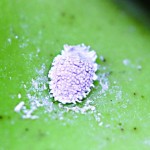
Mealy bug
What is it?
Cotton-like pest feed on juice of leaves. It will secrete a powdery wax layer and act as a vector for several plant diseases.
Control methods
For most cases, removal of the infected leaves is good enough to control the population. However, if there is a large area of infection, the use of mineral oil should be considered. You should consult arborist before taking any action.
Photos
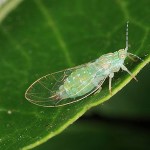
Psyllid
What is it?
A small plant-feeding insects (around 2-5mm) which is very host-specific (e.g. Hibiscus Psyllid) . Abnormal growth and insect-induced gall can be commonly observed on the infected leaves.
Control methods
Application of broad spectrum pesticide during the budding season, can effectively control the population of Psyllid.
If nymph is noted, spray of mineral oil can be considered.
Photos

Rhododendron lace bugs
What is it?
A common and injurious species found on the leaves of Rhododendron. It’s dark feces can cause sooty mold disease. Discoloration, reduced plant vigor, and premature leaf drop are commonly noted if attacked by it. Wilting may be caused when the damage is severe.
Control methods
The damage is minor and ignorable, no action should be needed.
Photos

Ant
What is it?
Ant is common in the natural environment. It causes minor and ignorable impact to the tree, usually no action should be needed. It uses the developed cavity for nesting and sometimes can act as a indicator for the tree cavity.
Control methods
No actions should be needed.
Photos
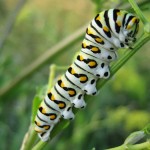
Caterpillar
What is it?
It feeds on leaf, but only causes short term impact to trees.
Control methods
No actions needed.
